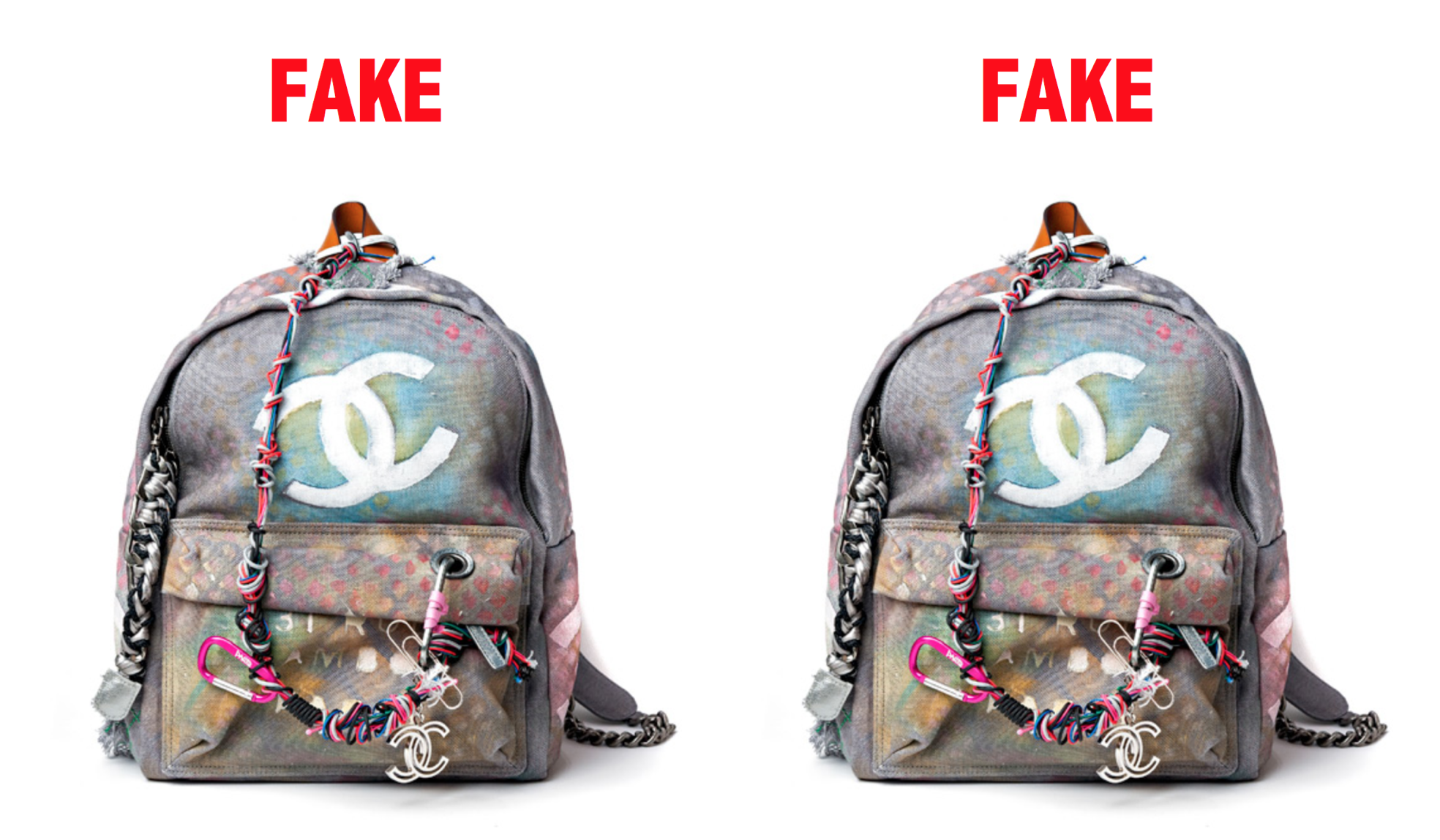
image: TFL
Adidas, Apple, Burberry, Calvin Klein, Chanel, Coach, Diesel, Dolce & Gabbana, Fendi, Gucci, Louis Vuitton, Nike, Rolex, and Yves St. Laurent wares were among the nearly 200,000 counterfeit goods seized by U.S. Immigration and Customs Enforcement (“ICE”) this past week in Laredo, Texas. The products – China-made garments and accessories that would have been worth more than $42.9 million had the products been authentic – were in the process of being “clandestinely smuggled into Mexico,” according to an ICE representative, in the second of two similar busts by the U.S. government in the past three months.
Brands routinely devote significant resources to brand enforcement efforts and litigation in order to crack down on the trade in counterfeit goods – those that utilize a trademark that is “identical with, or substantially indistinguishable from” a genuine registered trademark and that is used on the same class of goods as the registered mark. Yet, the fashion industry routinely finds itself to be one of the prime targets of increasingly sophisticated (and often identical) fakes, including ones that often bear “identical packaging and even “holograms,” which many brands utilize as an anti-counterfeiting measure, says John Houston, the executive chairman of Australia-based product security firm, YPB Group.
While information regarding the prevalence of and dangers associated with counterfeit goods, the volume of fakes sold is at a high thanks to the ease with which consumers can intentionally purchase counterfeit goods (potentially in response to fashion’s marked penchant for limited-edition goods), or be duped into buying them, online, where largely China-based entities can easily set up huge networks of counterfeit-selling sites in an almost completely risk-free manner due to their ability to hide behind layers of fictitious identities and contact information.
Such growth comes with no apparent end in sight. According to a 2017 report commissioned by the International Trademark Association (“INTA”) and the International Chamber of Commerce (“ICC”), the global economic value of counterfeiting and piracy could reach $2.3 trillion by 2022, up from $1.7 trillion in 2015. Research & Markets’ 2018 Global Brand Counterfeiting Report echoed this prediction, characterizing the counterfeit market as “booming rapidly,” and stating that “globalization of trade and communication has offered unparalleled opportunities for organized crimes to engage in illicit trade and counterfeiting so as to increase their economic influence” and will continue to do so.
One area where change is underway is locale. Production of counterfeit goods – which is currently centralized in China, which is responsible for approximately 75 percent of all fakes – appears to be shifting. According to the INTA / ICC report, North Korea, Myanmar and Vietnam are emerging as key counterfeit production havens as China begins to take “steps to crack down on the production of counterfeits.” That production, however, is not stopping. In fact, it is, per Research & Markets’ report, only “growing more and more in scope and magnitude.”











